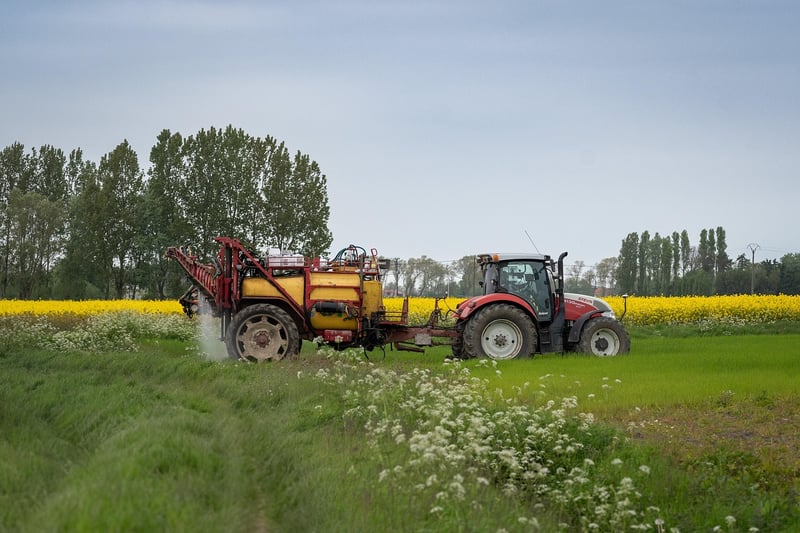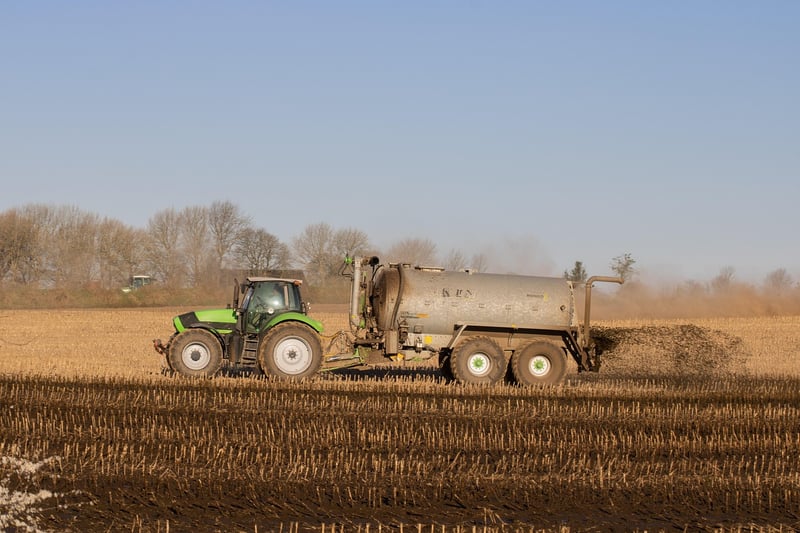Fertilizing Guide
Essential Plant Care Advice + Fertilizing Guide
Introduction to Plant Care
Plants are not just decorative elements; they are living beings that require care and attention to thrive. Whether you are a seasoned gardener or a newbie plant parent, understanding the basics of plant care is essential for maintaining healthy and vibrant greenery in your home or garden.
Watering
Water is a vital element for plant growth. Different plants have varying watering needs, so it's crucial to research the specific requirements of each plant you own. Overwatering can lead to root rot, while underwatering can cause wilting and stunted growth. Check the soil moisture before watering to ensure you're providing the right amount.
Light and Temperature
Plants need light to photosynthesize and grow. Place sun-loving plants in bright, indirect light, while shade-loving plants can thrive in low-light conditions. Additionally, maintain appropriate temperatures for your plants, as extreme heat or cold can be detrimental to their health.
Soil and Potting
Choosing the right soil mix for your plants is crucial. Opt for well-draining soil to prevent waterlogging. Repot your plants when they outgrow their containers, and ensure adequate drainage holes to prevent water buildup at the roots.
Pruning and Grooming
Regular pruning helps plants maintain their shape and encourages new growth. Remove dead or yellowing leaves, trim overgrown branches, and groom your plants to keep them looking neat and healthy.
Fertilizing Guide
Types of Fertilizers
- Organic Fertilizers: Derived from natural sources like compost or manure, organic fertilizers provide slow-release nutrients to plants.
- Synthetic Fertilizers: These are chemical-based fertilizers that deliver nutrients quickly but may require more frequent applications.
- Water-Soluble Fertilizers: These fertilizers are dissolved in water and can be applied directly to the soil for rapid nutrient absorption.
When to Fertilize
Most plants benefit from fertilization during their active growing season, typically in spring and summer. Avoid fertilizing during the plant's dormant phase, as they require fewer nutrients during this time.
How to Fertilize
Follow the instructions on the fertilizer package for proper application. Generally, dilute the fertilizer to half the recommended strength to prevent burning the plant roots. Apply the fertilizer to damp soil to help distribute the nutrients evenly.
Conclusion
By following these essential plant care tips and guidelines for fertilizing, you can ensure your plants receive the necessary nutrients and care to flourish. Remember to observe your plants regularly, adjust your care routine as needed, and enjoy the beauty and benefits of a thriving indoor or outdoor garden!

 Learn more about plant care at Gardening Know How
Learn more about plant care at Gardening Know How
